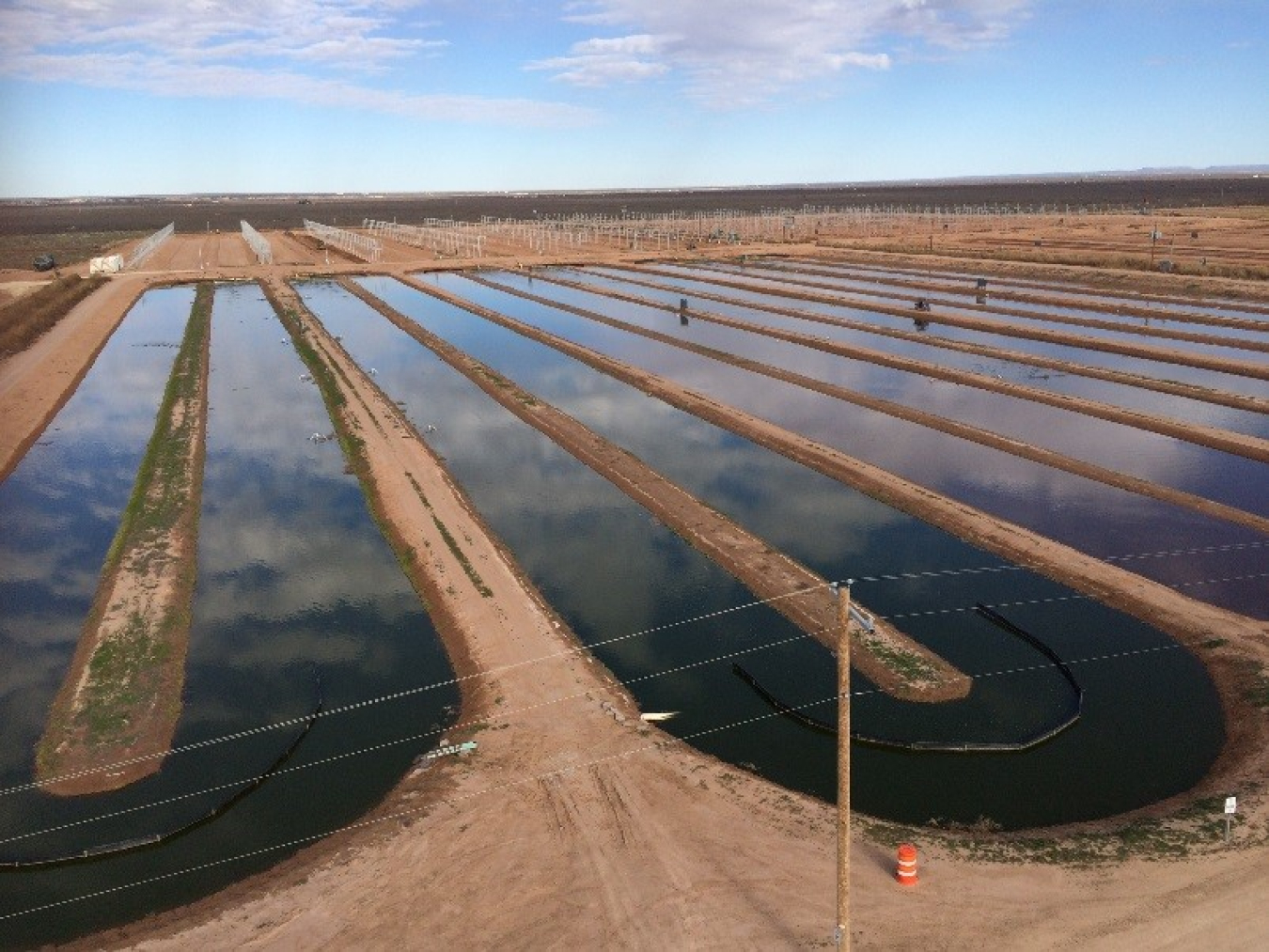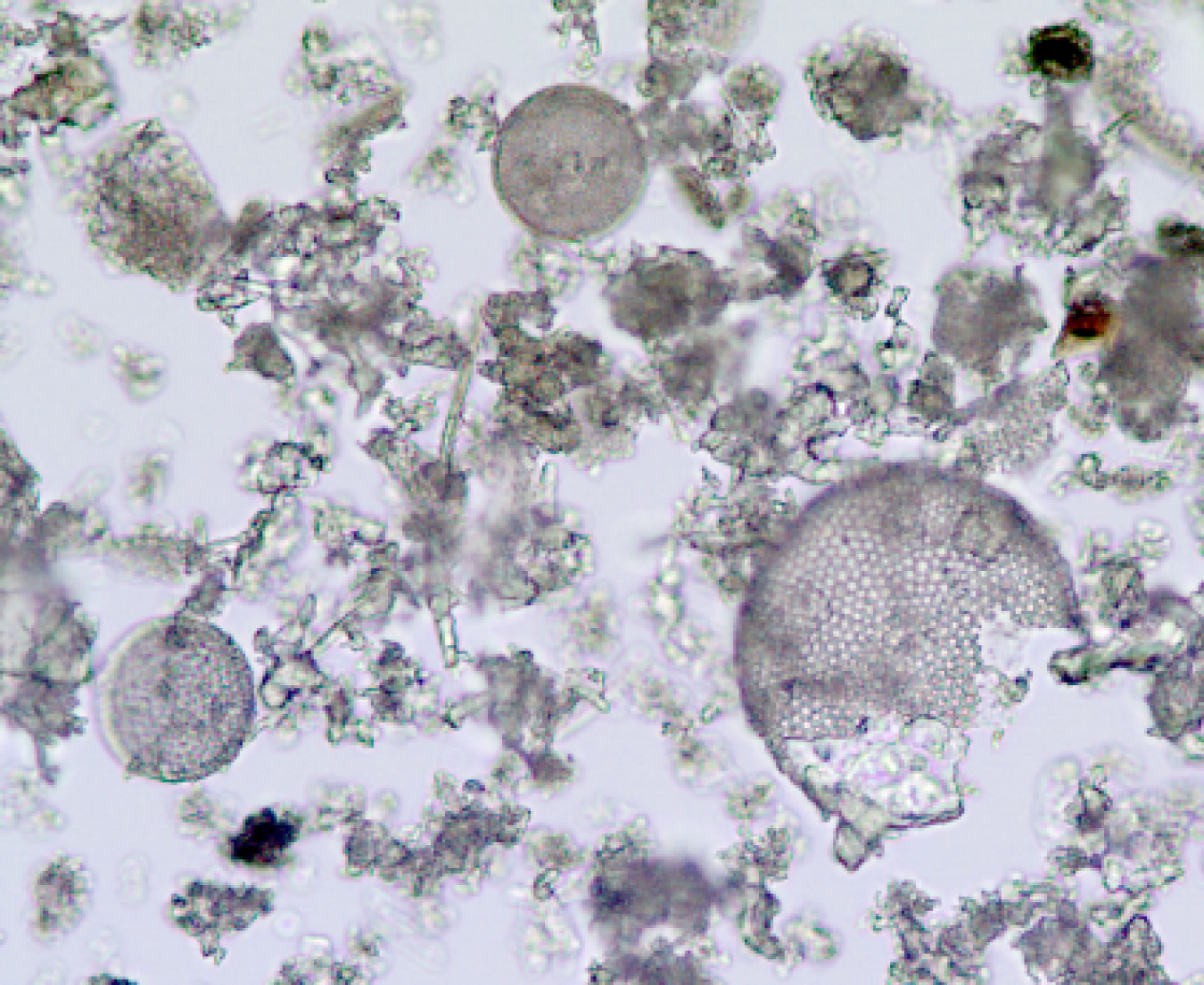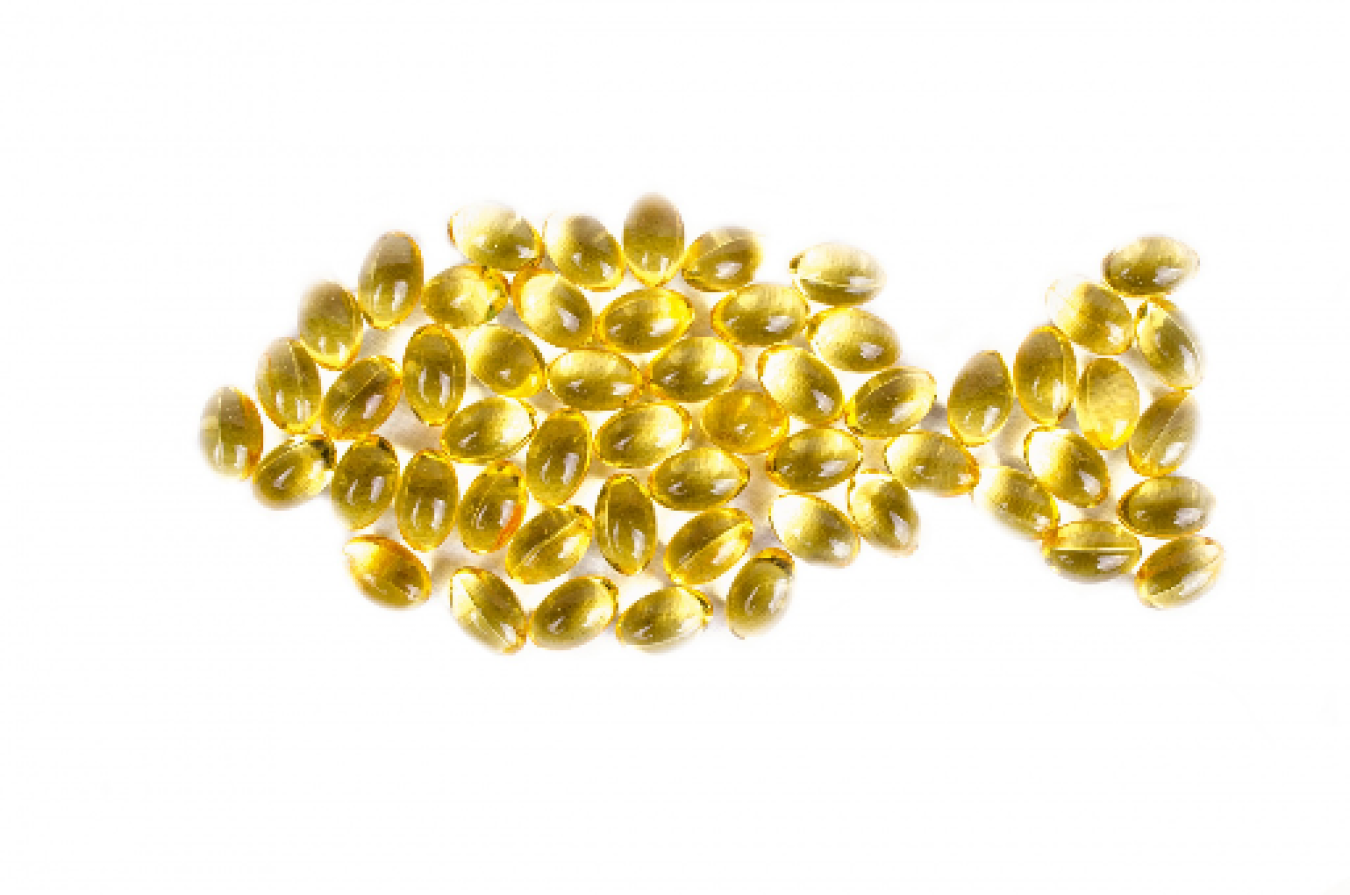Bioprose Blog: 6 Commercial Products You Probably Didn’t Know Are Made with Algae: You Probably Ate #3 for Breakfast
August 18, 2017Author: Daniel B. Fishman, Technology Manager, Advanced Algal Systems
Read Daniel's bio ►
Meet the other bloggers ►
Return to Bioprose blog ►
Bioprose Blog
While algal biofuels may be a fuel of the future, you might not know that many products, some that you might use daily, are enhanced with algae and/or algae-derived products. You may have even eaten an algae-enhanced product for breakfast today. While algal biofuels might sometimes sound like science fiction, the fact is that a profitable, diverse, and global algal products industry exists, and the Bioenergy Technologies Office (BETO) is working to help innovators make the algal biofuels industry just as successful as this specialty algal products industry. We learn lots from existing commercial algae producers. They help to inform our laboratory-scale research and development (R&D) on what works in their outdoor, farming-style operations—and what doesn’t.

Qualitas Health is a Texas-based algae company producing vegan nutritional products at scale, featuring algae-based omega-3, protein, and omega-7.
We also study market-entry strategies from the petroleum industry, which has an incredibly diverse product spread. Shampoos, plastics, pigments, and food flavorings often contain petroleum-based chemicals, and almost anything you can make from petroleum, you can also make from renewable algae resources. The sale of specialty petrochemicals helps to lower the price of conventional fossil fuels for consumers, and algae has that same potential to diversify.
Below are some algae products already on the shelves:
1. Abrasives

Diatom “shells” in commercial diatomaceous earth for swimming pool filters.
Diatoms are algae that have glass-like shells made from organic compounds and silica. These shells are used in a wide range of products due to their micro-abrasive nature and are most commonly found in water filtration systems. They can also be used in bathtub cleaners as well as organic pest controls as a natural desiccant. You may have even brushed with algae toothpaste this morning!
2. Cosmetics
Many skin treatments and cosmetics also contain algae. Algae make great industrial thickeners, and some companies also claim antioxidant, mineral replenishing, and moisturizing benefits from algae. Algae anti-aging creams, detoxifying masks, and cleansers can be found in a drug store near you.
3. Food Additives
Carrageenan and algin are food additives extracted from seaweeds (a.k.a. macroalgae) and are used widely in the food industry as thickeners. They can be found in thousands of food products—everything from yogurt to baby formula to ice cream. Go ahead and flip over that yogurt and read what algae you are about to enjoy!
4. Nutritional Supplements

Omega-3 capsules.
You have likely heard about the varied health benefits of supplementing your diet with omega-3 fatty acids found in fish oils. Where do fish get these oils? The answer is from algae. A number of nutraceutical brands are cutting out the middle…fish…and going right to the source by extracting omega-3s directly from algae. These supplements appeal especially to vegetarian and vegan consumers, as well as consumers worried about the effects of biomagnification, where metals like mercury and other toxins can accumulate in fish.
5. Fertilizers
Consumer interest in organic farming has led to algae’s popularity as a fertilizer source. Algae contain minerals and nutrients and support nitrogen fixation and phosphate solubilization to promote healthy plant growth.
6. Whole algae
Algae naturally have high levels of protein, as well as a range of pigments that some people think may convey health benefits. So, when you flip that green juice label around and read “spirulina,” now you’ll know you’re drinking juice with a little bit of algae sprinkled in. Spirulina is actually a form of cyanobacteria. While cyanobacteria are a form of prokaryote (unlike micro- and macroalgae and plants), they are studied alongside the other algae.
So, with these algae all around us, why aren’t they also made into biofuels that you could purchase at the gas pump? The main barrier to commercial-scale algal biofuels production is the cost of cultivating algae that can sell at prices competitive with oil. The algae components of the products listed above cost much more than a few dollars per gallon (like gasoline)! BETO works with researchers to help them find ways to improve the productivity of algal strains and algae cultivation methods and to ensure these are well suited to downstream fuel conversion technologies. We are working with innovators to figure out how they can leverage higher-value products to offset some of the costs of production of biofuels. Promising advancements in algal plastics, algal foams (surfboard anyone?), animal feed, niche chemicals, and other commodity-scale but higher-value products have been made in recent years, in part with funding from the U.S. Department of Energy. A recent international assessment of the companies pursuing commodity algae products was published by the International Energy Agency this January and identified 306 commercial operations working towards commodity algae-based (both micro- and macroalgae) products globally.
For the first time, we are incorporating a co-products strategy to lower algal biofuel costs in our Multi-Year Program Plan and publishing analyses through our national laboratories on how this strategy can enable an algal biofuels industry. You can read more about this work on BETO’s algal biofuel R&D pages, as well as in our 2016 National Algal Biofuels Technology Review.
Colleen Tomaino contributed to this blog
Daniel B. Fishman

Daniel B. Fishman is a technology manager with the Bioenergy Technologies Office at the U.S. Department of Energy, where he helps manage the portfolio of applied research projects focused on developing algal biofuels. Daniel received his Master of Science in aquatic science from the University of Michigan’s School of Natural Resources and the Environment and has a background in aquatic ecology, dynamic ecosystem mathematical modeling, and harmful algal blooms. Daniel received a Bachelor of Science in environmental systems from Revelle College at the University of California, San Diego.
Meet our other bloggers ►
Return to Bioprose blog ►


